Can you grow a pot of blooming azalea with a pile of dry branches?
Magical azalea
Some time ago, I saw a photo of azaleas blooming on dry branches posted by a girlfriend on WeChat Moments. I thought it was beautiful, so I asked her to buy a bunch of them. After I got them back, I followed her instructions, trimmed the dry branches, put them in a vase, watered them, and exposed them to the sun... After more than a week, the dry branches began to bloom one after another, which was a great surprise. I couldn't help but take pictures and post them online.
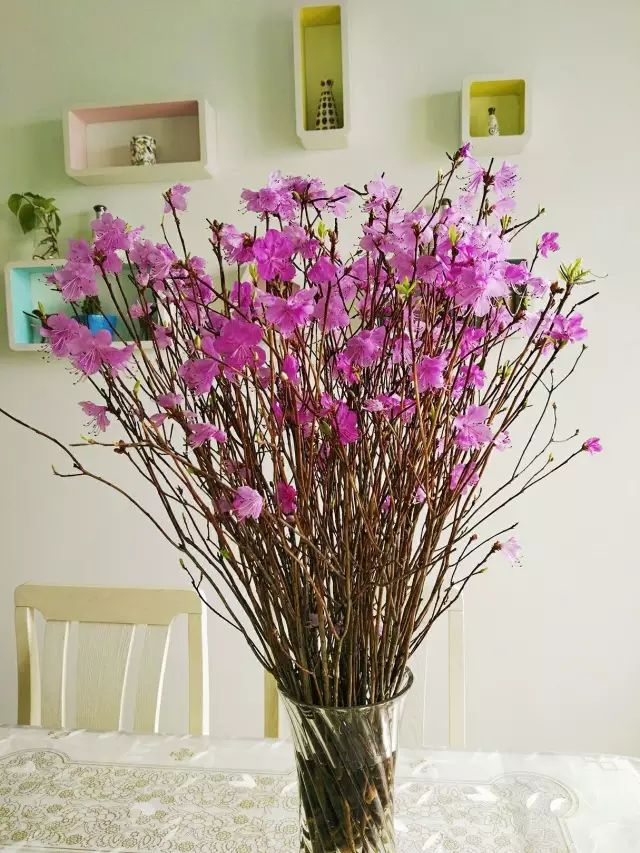
Amid the widespread praise, a special voice emerged. One netizen said: "The dried azalea branches were picked from the mountains, which is very destructive to the ecological environment."
I was shocked. Is this true? I quickly searched for relevant information.
First, I found that on a shopping platform that people often visit, there are many stores selling "wild azaleas" and "dried azaleas". The sales volume is still very large. They are sold in bundles, with 30 to 40 branches in a bundle. A store can sell hundreds of thousands of branches a month. How many azalea trees do they have to pick to get hundreds of thousands of branches? I feel a little scared and distressed when I think about it.
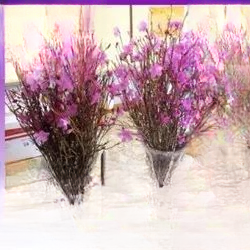
Many buyers, like me, do not know that the dried azalea comes from the wild hillsides and think that it is artificially cultivated like other flowers sold in flower shops.
Some people also say that the dry-branch azalea is artificially cultivated and not completely wild.
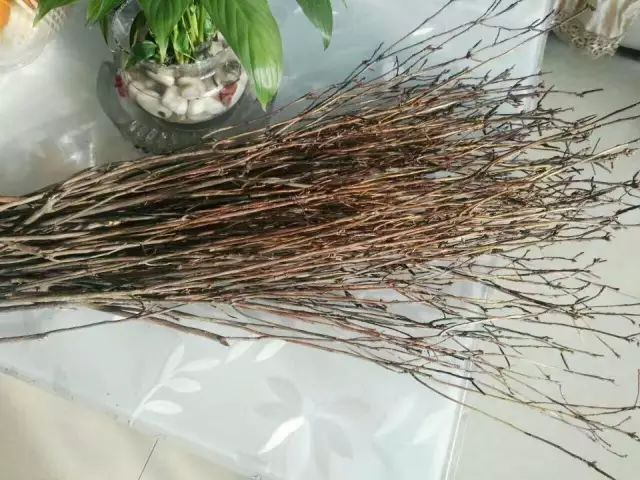
is that so?
Found the following article:
Xing'an Rhododendron, making it difficult to "feel at ease"
Zheng Wei
Nowadays, using wild Rhododendron dasyphylla for family New Year flower arrangements is no longer news, and is even becoming increasingly popular. Looking at the tens of thousands of sales, I can't help but worry about these lovely wild elves - if they are cut down and broken in large quantities for the blind pursuit of economic benefits, it will inevitably cause serious damage to the species and local vegetation.
Rhododendron dauricum is a semi-evergreen shrub of the genus Rhododendron in the family Ericaceae, also known as Tatar azalea. It is a native species of azalea distributed in the Greater Khingan Range, Lesser Khingan Range, Wanda Mountains and eastern mountainous areas in the three northeastern provinces and Inner Mongolia. It usually grows in mountains with higher altitudes, often found under or on the edge of mountain larch and birch forests. Its dense root system is conducive to soil and water conservation.
Of course, many sellers vowed that the use of Dahurian rhododendrons was orderly and limited, and that it would not damage the ecology, but would promote the growth of wild rhododendrons through reasonable pruning. In addition, some sellers confidently stated that they only pruned the branches and did not dig up the roots during collection, and that they would "grow again" in the spring of the following year, and they did not care. Some sellers even insisted that Dahurian rhododendrons were all "artificially cultivated" rather than cut down indiscriminately...
But is this really the case?
First of all, for potted plants, pruning does help their growth, but for natural populations, it involves the concept of "ecological niche" - because in nature, multiple species often grow together on a certain plot of land. When a certain species is cut down, other plant species around it will grow rapidly in the second year to occupy the space formed after it was cut down . The cut down plants have to start growing from "zero". They have undoubtedly "lost at the starting line". Before they grow taller, their original ecological niche has already been occupied, which will affect their normal development. In addition, even if it is really "reasonable" development and utilization, driven by economic interests, who can guarantee that it will not be over-exploited?
Secondly, the Xing'an azalea is a relatively slow-growing shrub. Although only branches are pruned without digging up roots, once pruned, it is impossible for it to recover and renew as quickly as the annual or biennial herbs that are "not to be pruned" . It may not have any impact on the local ecology in three to five years, but it will inevitably have adverse consequences over time, so it is wishful thinking to expect them to "grow again next spring". What's worse is that the only way for wild azaleas to reproduce is to sow seeds, and cutting down branches year after year is tantamount to cutting off their "incense". If the azalea community is not renewed for a long time, it will inevitably go extinct.
Finally, it should be clarified that there is no experience or case of artificial cultivation of Xing'an azalea . Therefore, before the successful introduction and domestication of wild azalea or the development of alternative species, we should let these beautiful flowers bloom vigorously in their hometown - Daxing'anling, so as to avoid repeating the mistakes of wild orchids or Yangtze River knife fish. Especially those buyers who love flowers should know how to " procure them in a proper way ".
Environment is a necessary condition for human survival. Protecting the environment is protecting ourselves. Everyone hopes to work, study and live in an environment with fresh air, singing birds and fragrant flowers. Let us care for and protect nature with awe and respect, jointly maintain a good natural environment and create a beautiful home.
Author: Zheng Wei
Special contributor to Flower and Bonsai magazine
Teacher of the Family Flower Cultivation Class of Baosteel Group Labor Union
Volunteer for Science Popularization at Shanghai Botanical Garden
Such an article coming from a professional still has a certain degree of credibility.
There are many messages on the Internet calling for an end to the buying and selling of Rhododendron dasyphylla, but there are almost no rebuttals.
I wanted to find out whether all the dried azaleas came from the places mentioned above, but I couldn't find any useful information on the Internet. Based on the sentence " There is no experience or case of artificial cultivation of Xing'an azaleas at present" , let's assume that all the dried azaleas come from the wild. Since they are wild, picking them in large quantities may damage the natural ecology, so let's resist them!
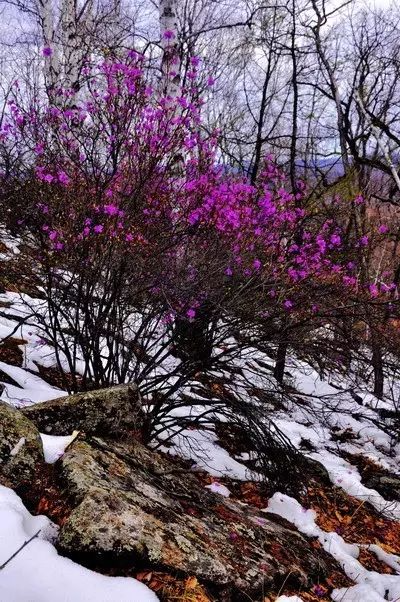
I remember reading an article by Lin Qingxuan describing rhododendrons not long ago. He said that when the rhododendrons are in full bloom, driving through a high mountain road, the whole mountain is covered with bright red rhododendrons, and the fallen petals cover the road. When the car passes by, it seems like countless butterflies are flying.
What a beautiful sight! If the rhododendrons are picked, nature will lose a beauty, and the chain reaction will bring other damages that are unpredictable.
Look at the rhododendrons blooming in the mountains!
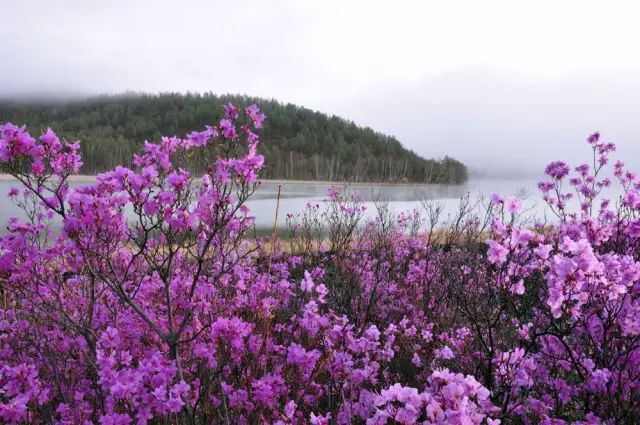



Just think about how sad it would be if this gorgeous sea of flowers were destroyed.
Rhododendrons are beautiful, but they are only beautiful for a while when placed at home. Why not let them be beautiful on the hillside season after season?
Rhododendron is listed as one of the top ten famous flowers. It has bright flowers and beautiful leaves and comes in many varieties. Most of them are grown into beautifully shaped potted plants for viewing. However, you may not have seen azaleas grown in this way. Just putting a handful of dry branches in a vase can grow a pot full of flowers. Today, I, a flower lover, will introduce to you how to grow azaleas using dry branches.
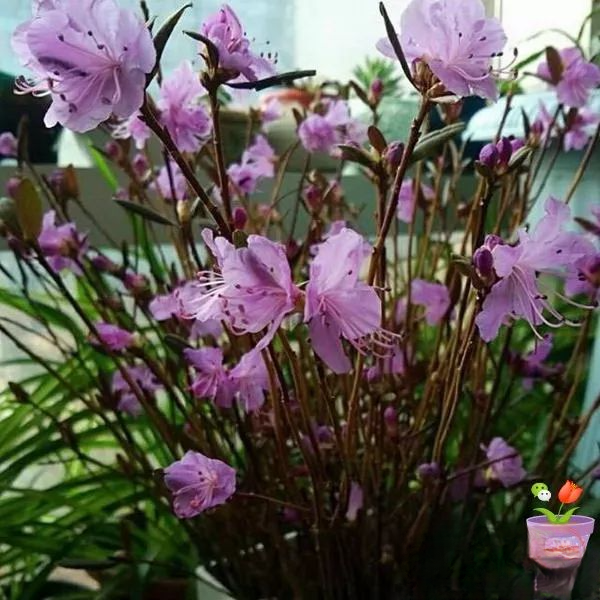
This species of dry branch azalea is actually the Xing'an azalea from the Northeast. It is mainly distributed in the Northeast (Daxinganling Mountains), Inner Mongolia (Xilinguole League, Manzhouli) and the eastern mountainous areas of Liaoning. It is a relatively cold-resistant species.
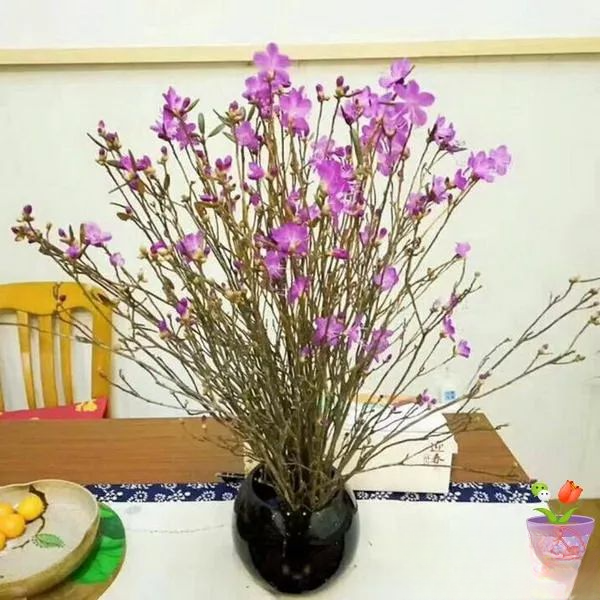
This Xing'an azalea has bright colors and a slight fragrance. It blooms from May to July and is very popular. It mostly grows in the wild mountains. Its roots are tangled and beautiful in shape, and many flower lovers dig them up and take them home to make beautiful potted plants for viewing.

However, there is another method of preserving the branches by freezing them. If you want them to bloom, just take them out and put them in a vase filled with water, and then the brilliant flowers will bloom. Especially in the cold winter, you can appreciate the beauty of the flowers blooming in the snow.
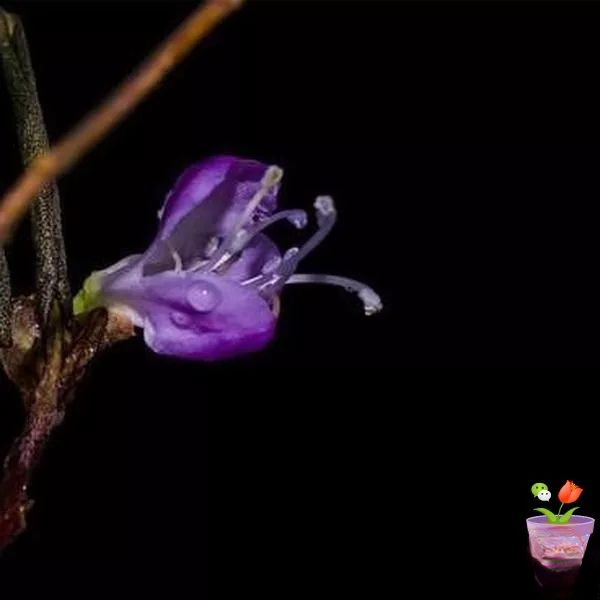
After buying the dried azalea, place it in a vase with a water temperature of 10-15 degrees. Change the water every 2-3 days. Add a small amount of nutrient solution while changing the water. It will basically bloom in about a week. However, it is difficult to grow roots, and it will not bloom again after blooming, so many flower lovers think this is a waste.
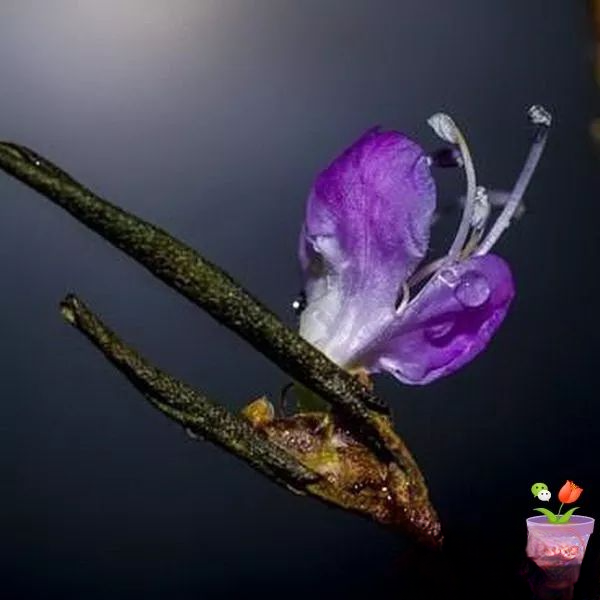
If you also want to make this kind of dried azalea branches yourself, try to achieve sustainable development. It is recommended that you go to the mountains to collect small branches about 60 cm long with unopened flowers without affecting the normal growth of the plants, and then make them into freeze-dried branches. Take them out when you want them to bloom.
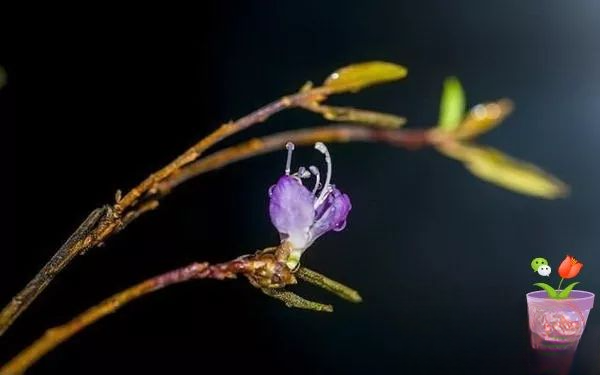
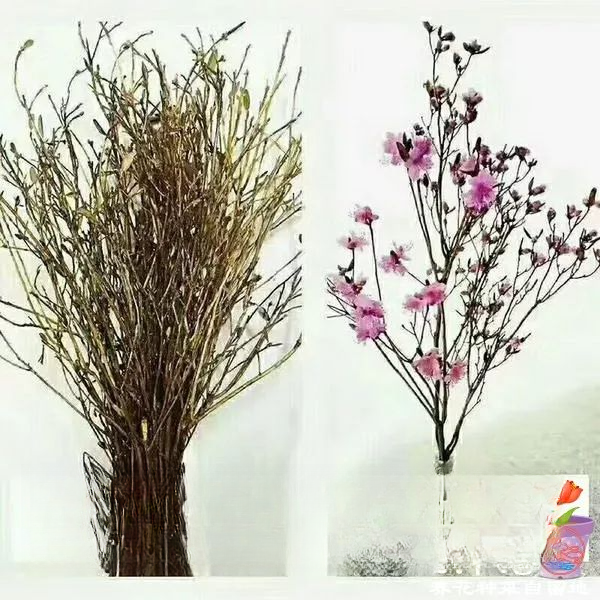
Green pest control methods at home:
1. Washing powder: Dissolve one tablespoon of washing powder in 4 liters of water and spray the leaves and flowers once every two weeks to completely eliminate white flies and bacteria.
2. Milk: Mix 4 cups of flour and half a cup of milk into 20 liters, stir, filter with gauze and spray on the leaves and flowers, which can kill ticks and their eggs.
3. Beer: Pour beer into a shallow basin under the flower pot, and the snails will be drowned when they crawl in.
4. Garlic: Crush a head of garlic and mix it with a tablespoon of pepper powder in half a liter of water. After an hour, spray it on the leaves and flowers to prevent rat intrusion.
5. When ants appear in the flowerpot, soak cigarette butts and tobacco in hot water for one or two days. When the water turns dark brown, sprinkle some of the water on the flower stems and leaves, dilute the rest and pour it into the flowerpot, and the ants can be eliminated.
Silver Willow
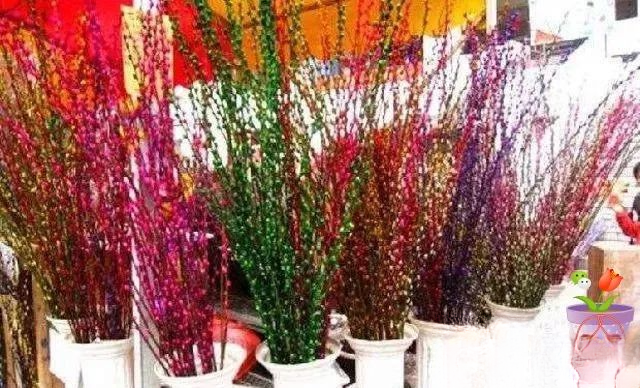
Winter is a bleak season, and most flower seedlings are dormant. Some early spring flowers will not bloom until around New Year's Day. There are very few that can liven up the indoor atmosphere, so some artificial flowers are flooding the market. However, although artificial flowers are beautiful, they lack the breath of life. For those who truly love flowers, they rarely buy artificial flowers. So, what flowers can satisfy flower lovers in winter?

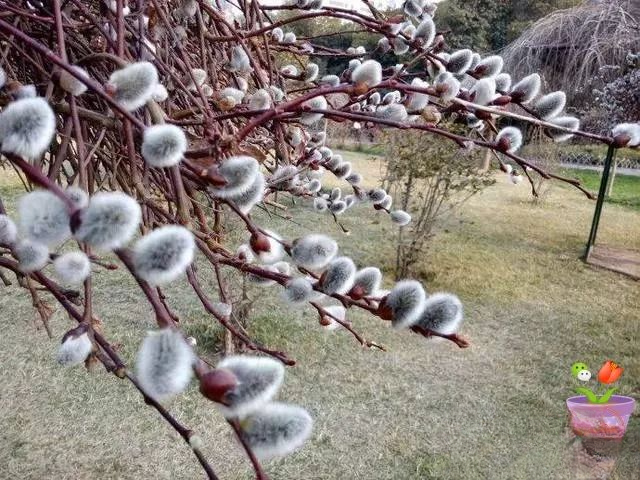
In fact, there are many flowers in winter. Today, I would like to recommend to you an indoor vase plant that can be both appreciated and cultivated. It is very beautiful and generous. That is the silver willow.

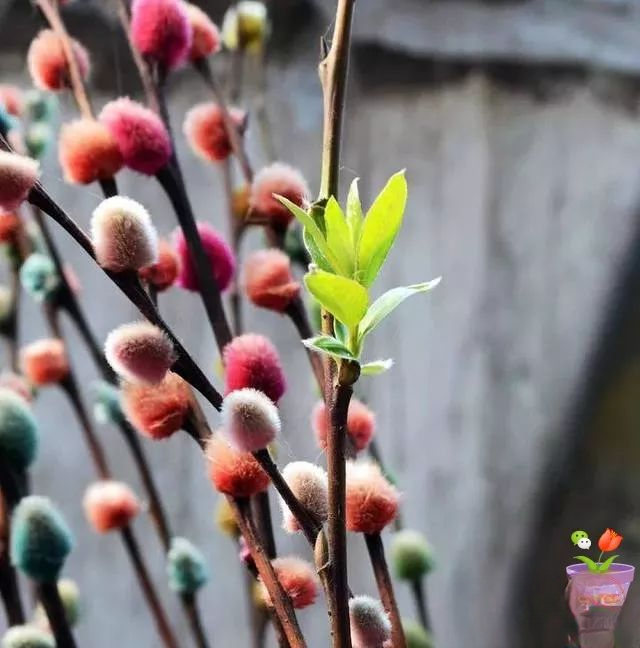
Salix leucopithecia Kimura, also known as cotton willow, belongs to the Salix order, Salicaceae, and Salix genus. It is a deciduous shrub, up to 4-5 meters tall, with gray bark. The twigs are light yellow to brown, hairless, and the young branches have short hairs. The buds are oval, blunt, brown, and initially have short hairs, which then fall off. It is dioecious, with reddish-brown flower bracts that reveal silvery-white buds after the bracts fall off, shaped like a brush head. The flowering period is from December to February of the following year.


Silver willow is distributed in the three northeastern provinces and the western desert of Inner Mongolia. It is native to America. Because its flower fragrance is similar to that of sweet-scented osmanthus in the south of the Yangtze River and its vitality is very tenacious, it is known as the "fragrant sweet-scented osmanthus in the desert". Silver willow is an excellent bud-viewing plant with a long bud-viewing period, suitable for planting on the roadside of the courtyard. Silver willow can be kept in water for a long time. The longer the time, the larger the flower bud. Silver willow will gradually produce yellow-white stamens. After the old leaves fall off, new buds will be produced. It is particularly suitable for vase decoration and is the main cut flower variety during the Spring Festival.

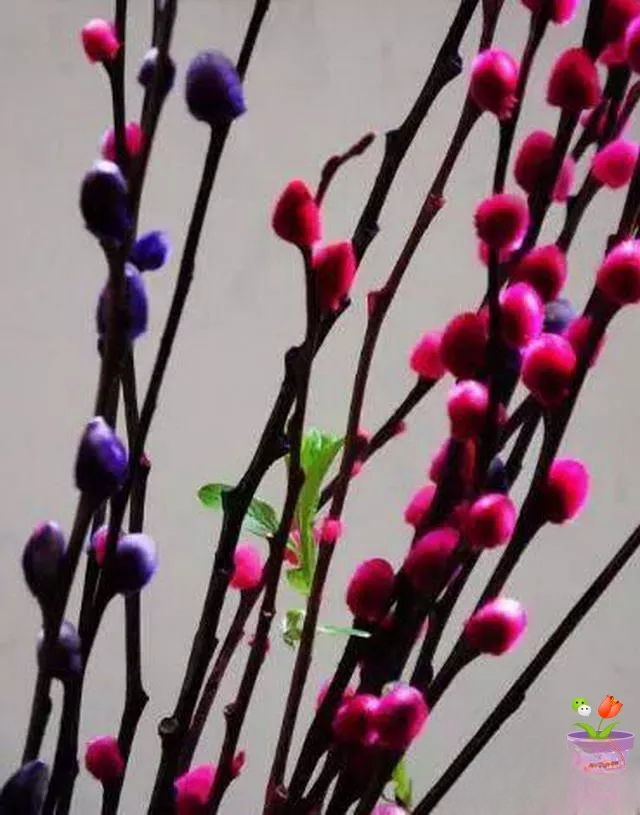
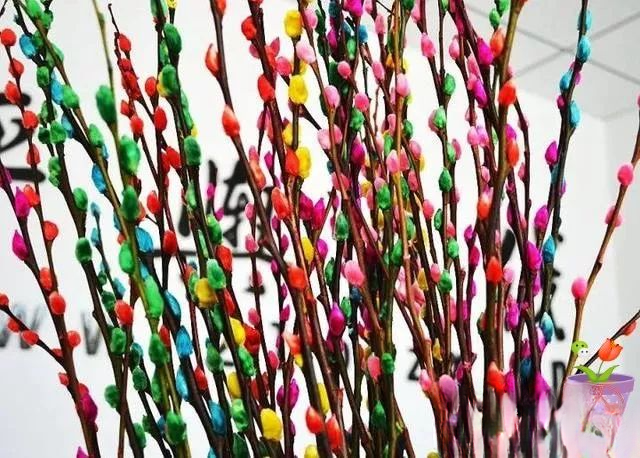
In addition, silver willow branches can be cut in winter and used as dried vase inserts. They are very durable. If they are not kept in water, the silver willow branches will still be bright and shiny even after two or three years. However, many people don't know that the silver willow we see on the market is generally processed and dyed.
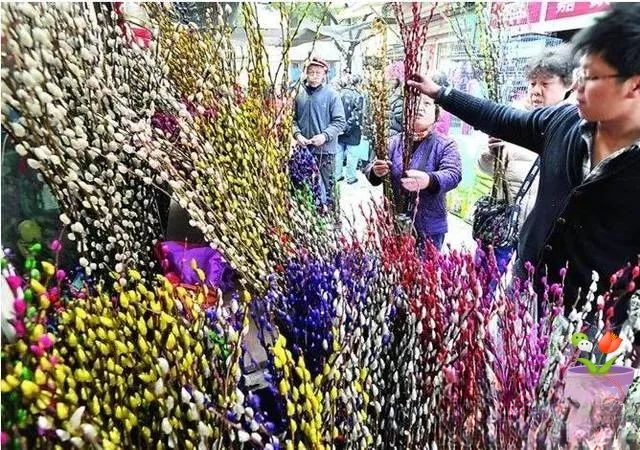
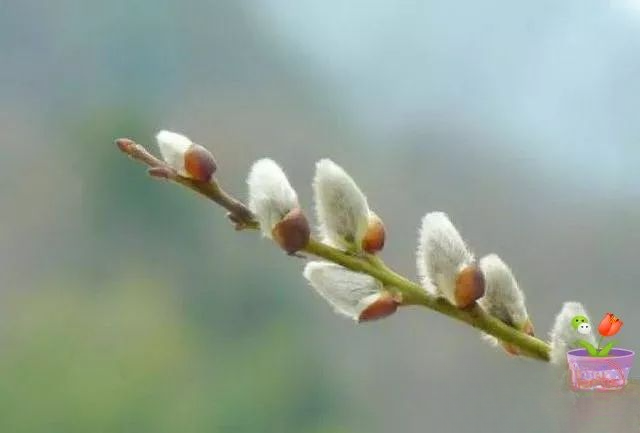
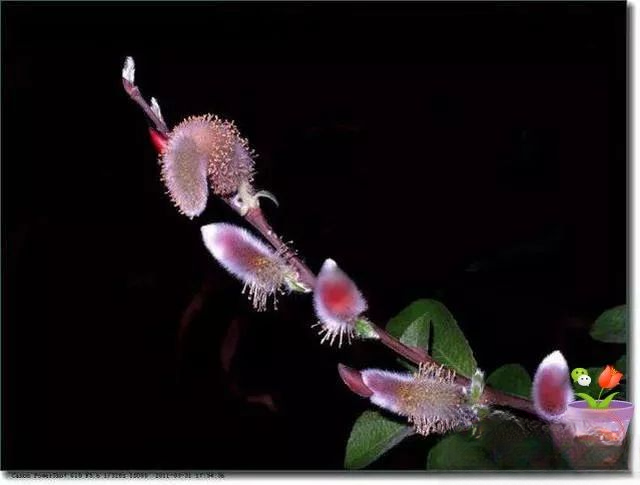
Regarding silver willow dyeing, the main technique is: peel off the bud sheath of the cut silver willow to expose the white fluff, then tie 10 pieces of the same length into a bundle, and then tie 10 bundles into a large bundle. Then soak the silver willow in a pre-prepared dye solution, which consists of dye, water, a small amount of glue, and brightener. After dyeing, open the fluff to check whether the inside is also dyed. If only the surface is dyed, it cannot be considered a top-quality product and needs to be reworked.
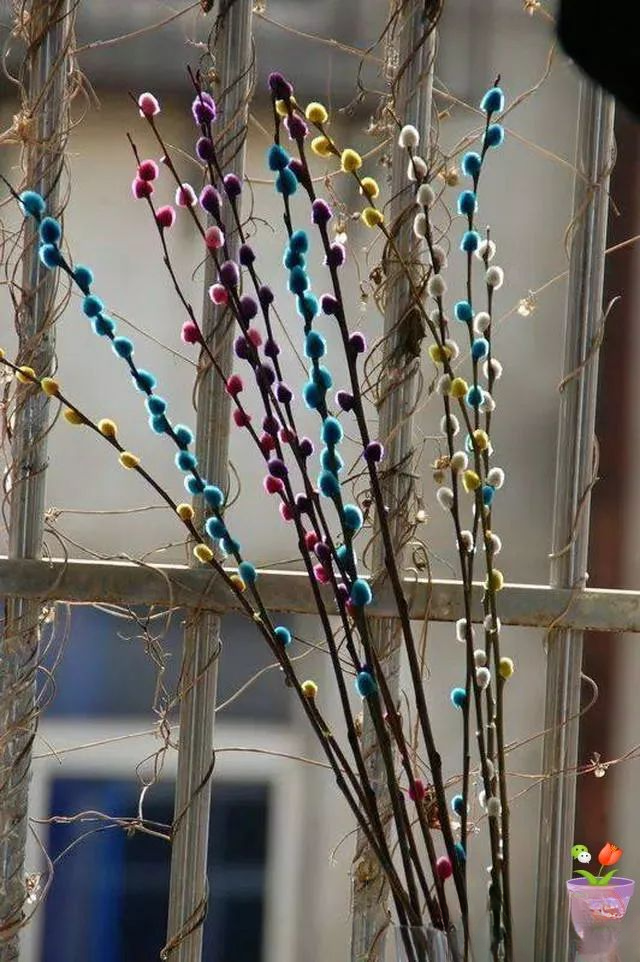

After being dyed, the silver willow becomes red, orange, yellow, green, cyan, blue and purple, colorful, brilliant, elegant and enthusiastic. Put bunches of silver willow in a higher waisted vase, and match them with poinsettia, daffodils, yellow flowers, camellia, and cycads, showing a simple and bold style, full of oriental art. It is very interesting to put it in the living room or dining room, and it is the best choice for indoor vase decoration in winter.
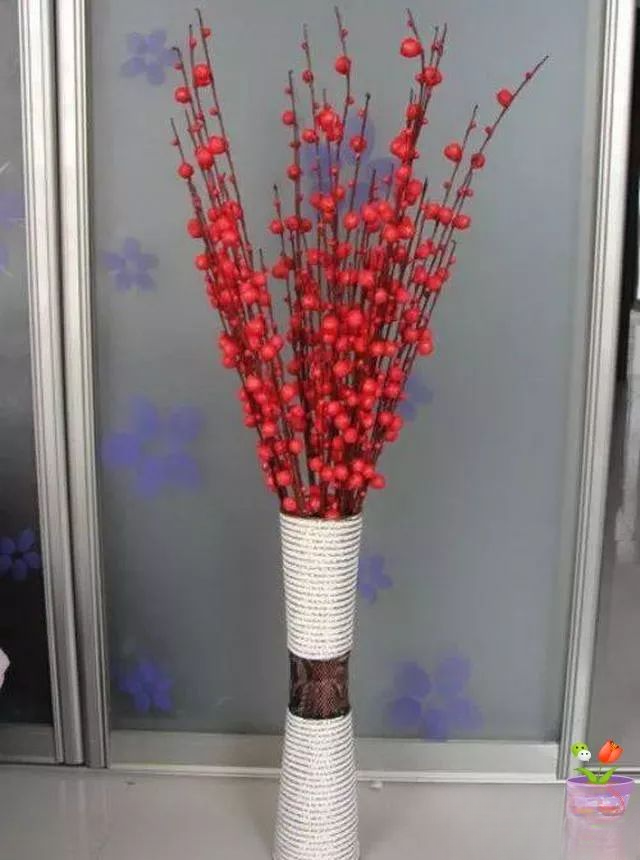
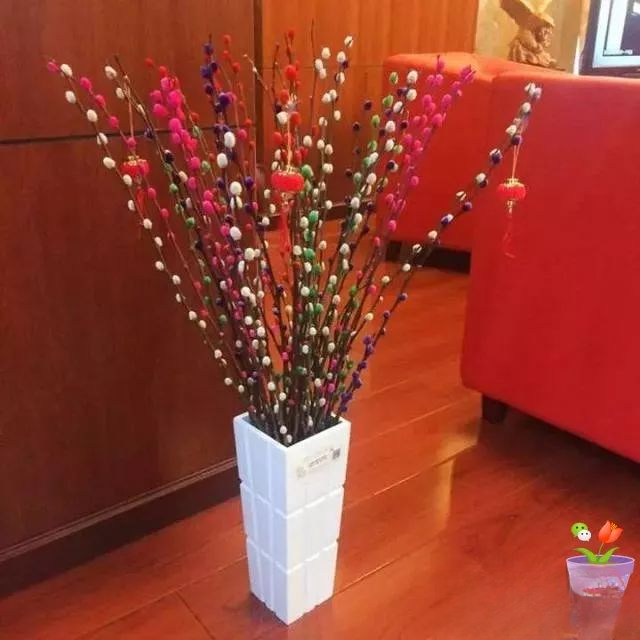
Silver willow also has a beautiful and auspicious meaning, which is the homophonic meaning of "Yinliu". Bunches of silver willow represent gathering wealth and prosperous business. For those who are particular about beauty, inserting a bunch of silver willow can kill two birds with one stone. Therefore, silver willow is very popular in the market.
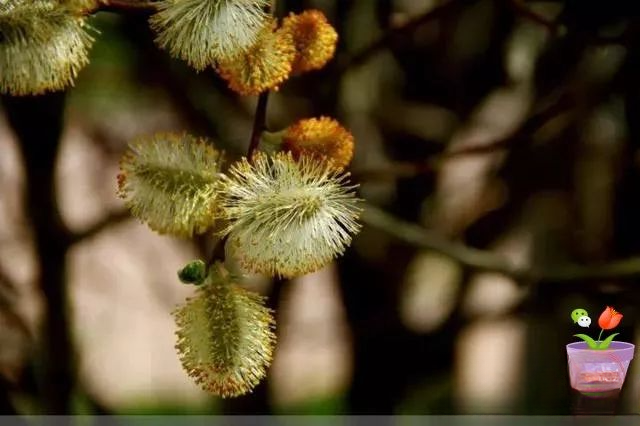
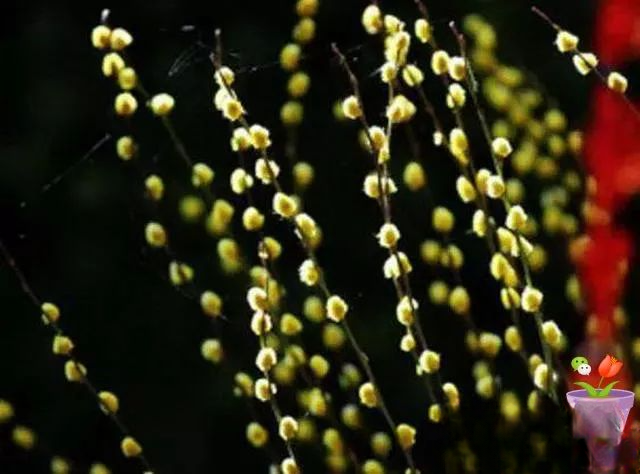
[Habits] Silver willow has strong adaptability, likes light, is also shade-tolerant, moisture-tolerant, cold-tolerant, and likes fertilizer. It grows well in a deep, moist, and fertile soil environment. The optimum temperature for its growth is 12~28℃, and the wintering temperature should not be lower than -10℃. Silver willow is more suitable for ground planting, and rarely potted, mainly because ground planting is conducive to the growth of the root system and the absorption of nutrients, thus ensuring that the branches on the ground are thick and the flower buds are full and uniform.
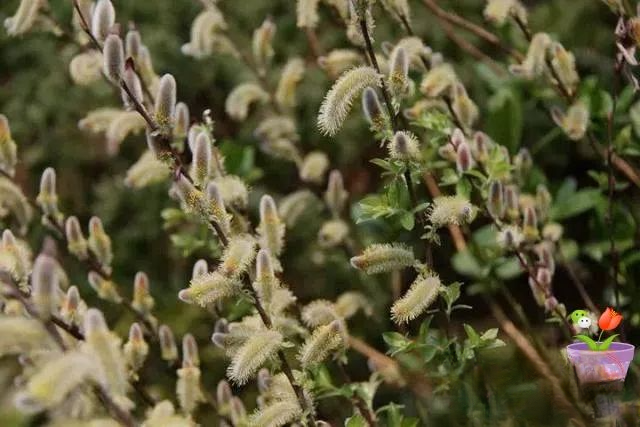
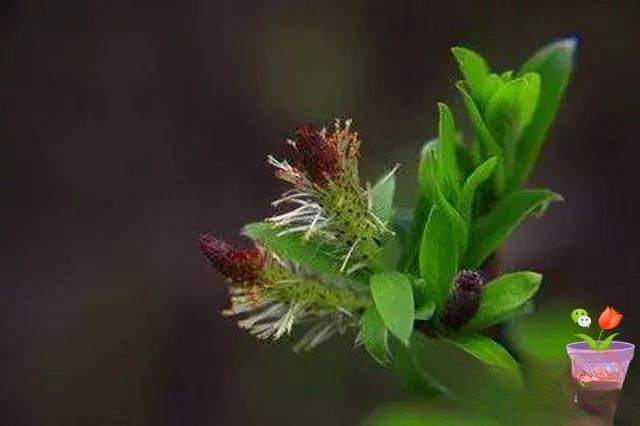
[Watering] Silver willow likes moisture and is drought-resistant, and avoids waterlogging, so the soil should always be kept moist during watering management.
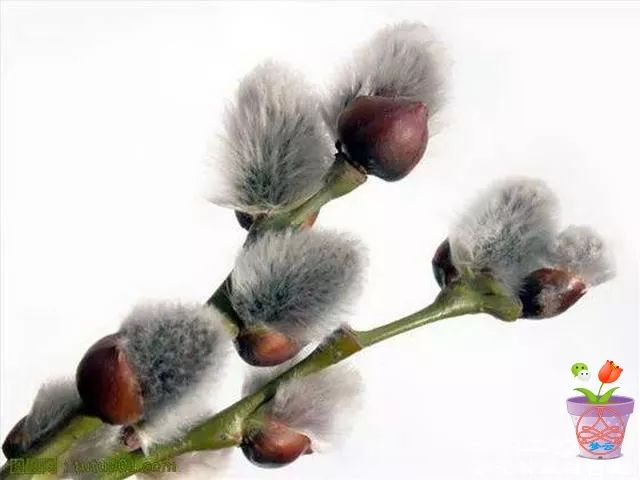
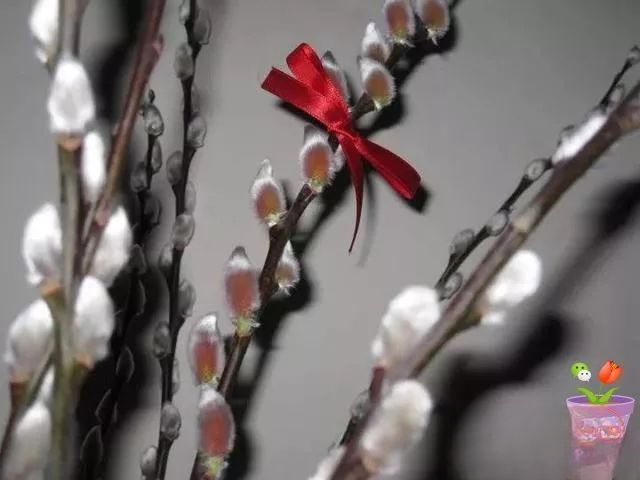
【Fertilization】 Silver willow likes fertilizer. When planted in the ground, organic fertilizer should be applied as base fertilizer. The soil should be fertile and loose. Fertilize once a month during the growing season, especially in winter when the flower buds begin to swell and after cutting the flower branches. The former is phosphorus and potassium fertilizer, and the latter is nitrogen fertilizer. Generally, potassium dihydrogen phosphate is the best, which can make the branches and leaves thick and the plants strong.
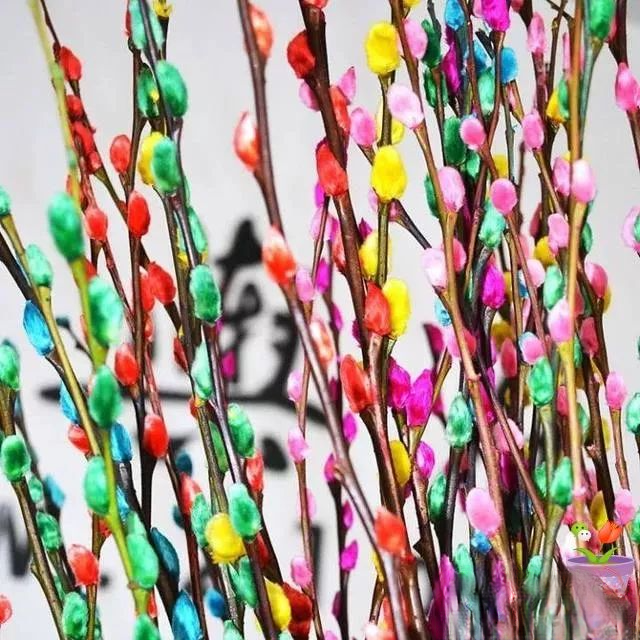
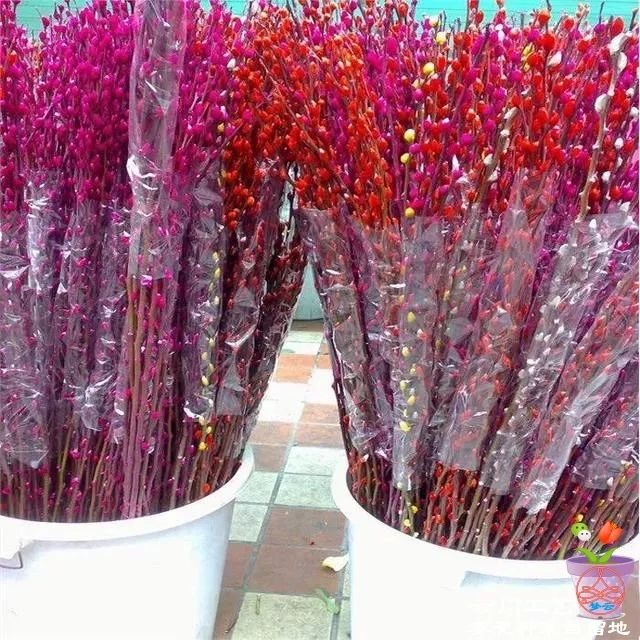
[Propagation] Silver willow is generally propagated by cuttings, and the base of the purchased silver willow cuttings can be used for cuttings. Select silver willow branches with strong branches, full leaf buds, and at least 2 full leaf buds, cut them diagonally into about 15 cm, treat the base with naphthaleneacetic acid (never invert it) to promote rooting, and then insert it into the cutting bed for maintenance. It will take root and leaves for more than 10 days after cutting, and it is very easy to survive.
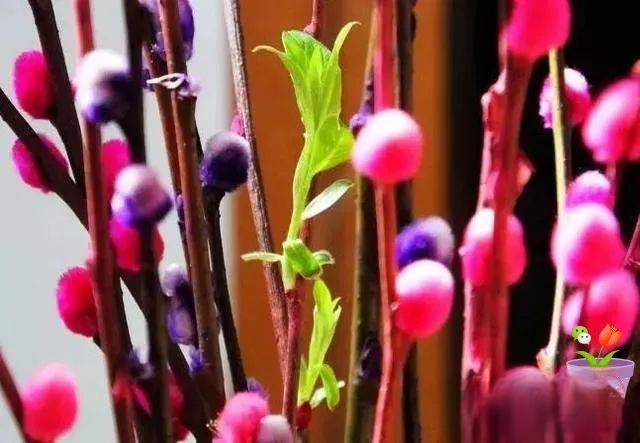
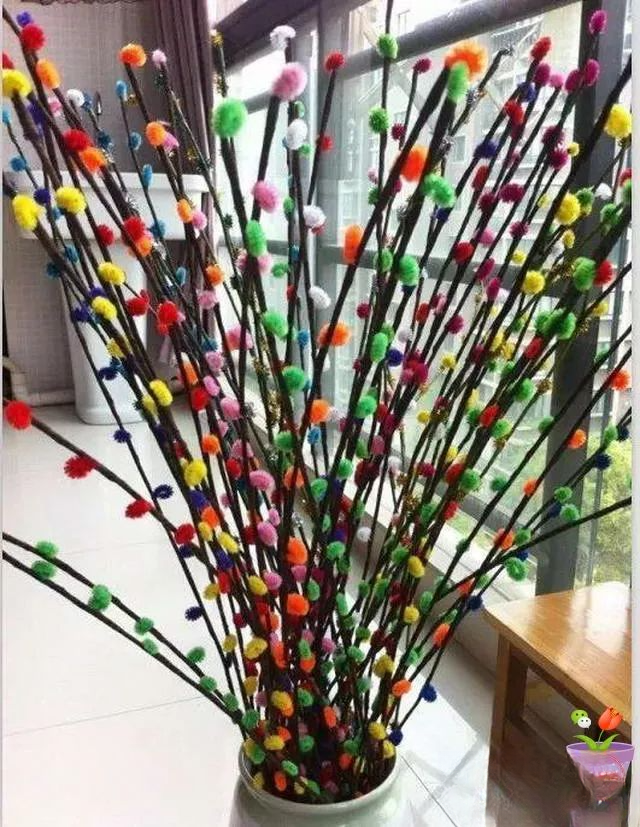
Silver willow is a good choice for winter vase placement. There are a variety of colorful silver willows on the market. If you want to use it for water placement, you should choose a silver willow bouquet with strong branches and full leaf buds. If you want to use it for dry vase placement, you should choose silver willows that are evenly dyed and dyed inside the fluff. The price of silver willow is also very cheap. Generally, a bunch (10 branches) costs less than 20 yuan. You can buy a bunch during this period and put it in a high-waisted plain vase or glass vase. It is very beautiful. You can also add water to maintain it and watch the silver willow flower buds expand, which is also very interesting.
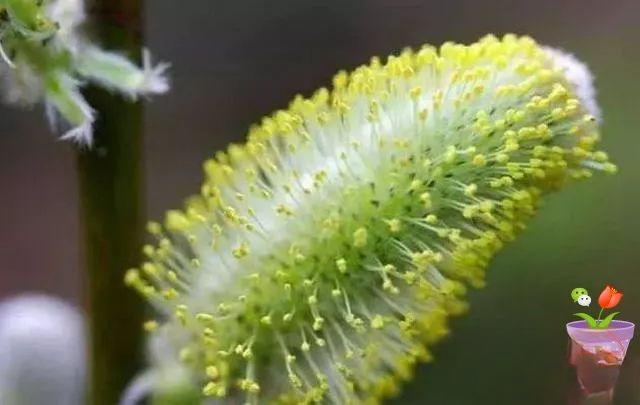
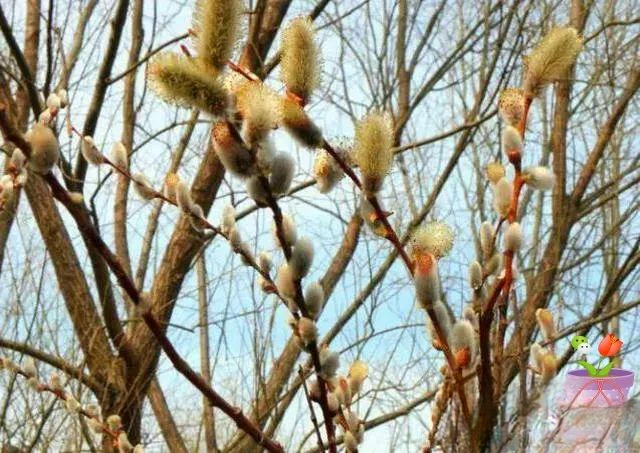
After reading the article, do you have a desire to **?
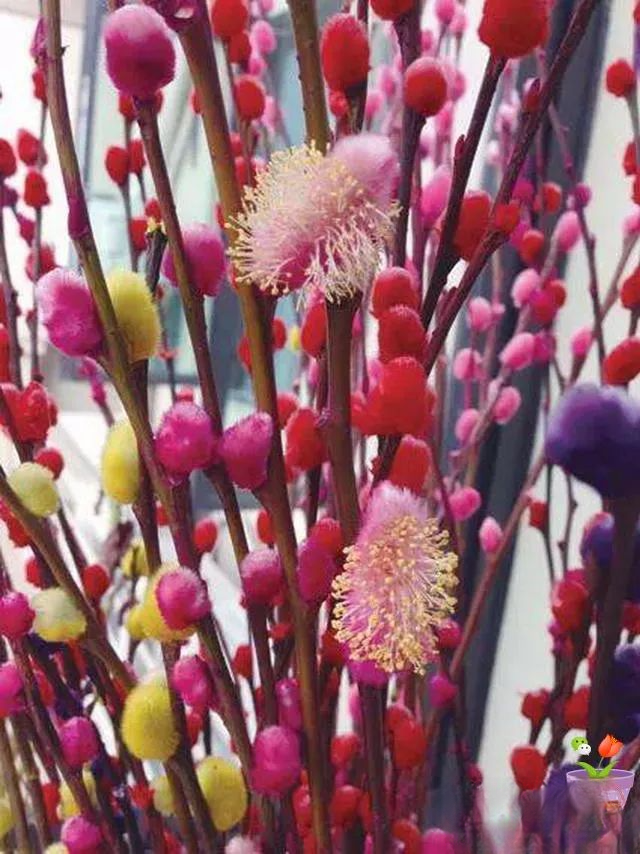
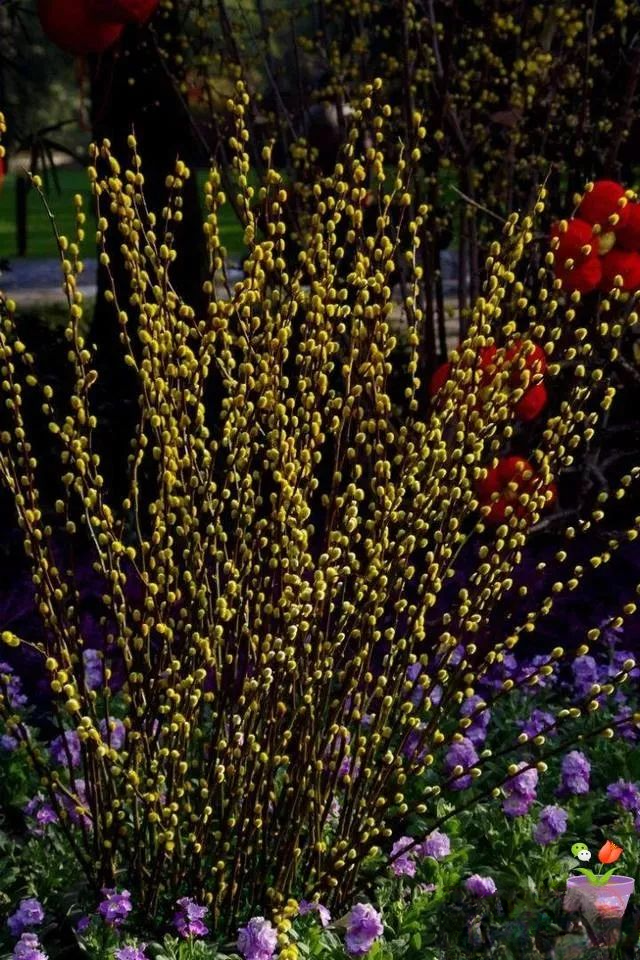
Confucius said : "If you don't care, you are not a human being."